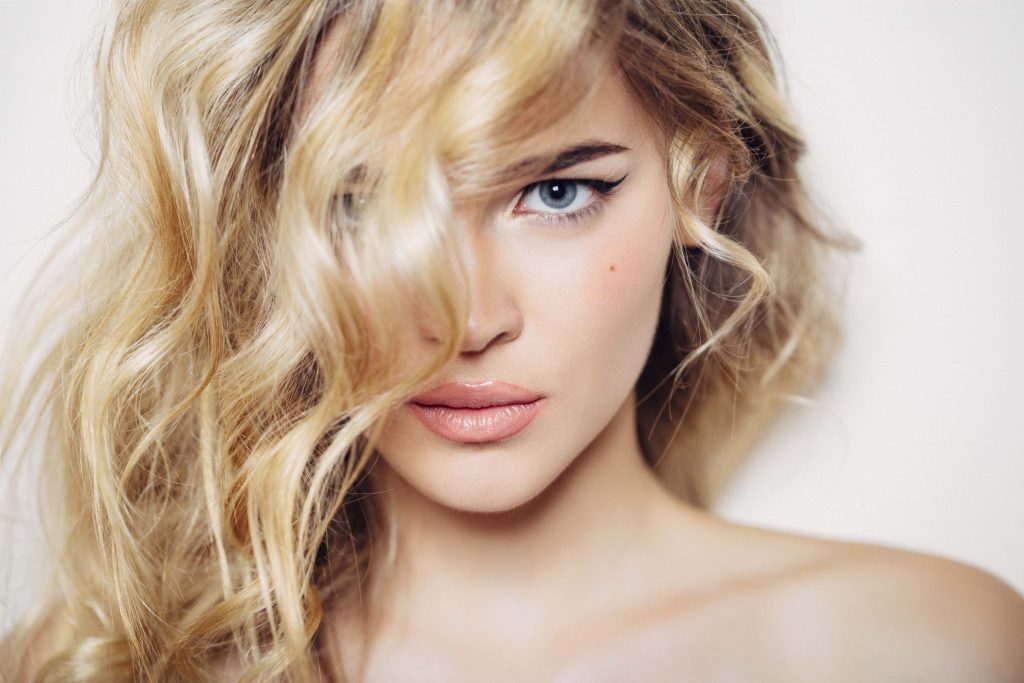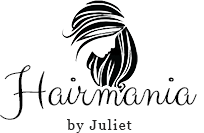 A hair shampoo – it seems to be a simple product that’s supposed to clean your hair and scalp. More and more often, it takes over the role of a conditioner, working as a multitasking cosmetic. It nourishes, moisturises, repairs, ensures easy styling or heat protection. Have you got a favourite? Sadly, I’m still searching. It’s hard to go for one product if you have thousands to choose from. I’d love to test new ones all the time and still don’t know which one’s the winner among hair shampoos. Too bad, my hairdo suffers as a result, telling me about it e.g. with dandruff.
A hair shampoo – it seems to be a simple product that’s supposed to clean your hair and scalp. More and more often, it takes over the role of a conditioner, working as a multitasking cosmetic. It nourishes, moisturises, repairs, ensures easy styling or heat protection. Have you got a favourite? Sadly, I’m still searching. It’s hard to go for one product if you have thousands to choose from. I’d love to test new ones all the time and still don’t know which one’s the winner among hair shampoos. Too bad, my hairdo suffers as a result, telling me about it e.g. with dandruff.
In the post, I’m trying to answer the question – how to choose a good shampoo? I’m curious if you know that the action of a product is far more important than the ingredients.
HAIR WASHING
Washing is the basis. Not just in case of the skin but also hair. This first stage of care routine lets us get rid of the excess of sebum, dust and product build-up. We remove everything that may settle on the hair and scalp and consequently lead to lots of problems e.g. dandruff I’ve already mentioned. Anything else? When hair’s clean, it easily absorbs different kinds of nutrients.
The choice of a shampoo is the key step that decides about the hair condition. The wrong wash product may weaken the hair and take away its smoothness. As strange as it sounds, a bad shampoo may speed up oiliness instead of purifying and delivering freshness.
What matters most while choosing the right shampoo?
Which shampoo is the best one?
What are the ingredients of a good shampoo?
While picking a good shampoo, make sure it:
- contains ingredients that nourish and strengthen hair from follicles to ends,
- meets the needs of your hair e.g. reduces dandruff,
- includes few strongly-cleansing detergents (mild substances are better),
- is free from damaging preservatives and chemicals,
- is mainly made up of natural substances.
WE CHOOSE THE BEST HAIR SHAMPOO
Cosmetics aren’t equal – we must remember that. Usually, shampoos are designed for different hair types, which is the first obstacle. Before picking the right shampoo, we must define our hair type. It matters if your hair’s straight, curly, frizzy, very dry, colour-treated or you’re bothered by dandruff. Each type needs different washing technique and ingredients.
- Shampoo for fine, weak and thinning hair
Washing weak hair must be done gently so a good shampoo should include mild washing substances. It’s good if the product contains Methionine, Cystine, group B vitamins, vitamin A, E and C; these ingredients effectively reinforce hair bulbs. An ideal shampoo for weak hair should also offer herbal extracts such as black radish or horsetail that strengthen, too. You’d better avoid silicones that weaken and weigh hair down. A vegetable oil is much better at increasing shine e.g. castor oil that additionally gives strength. Conclusion – a must-have shampoo for thinning hair must reinforce, working in a gentle way. - Shampoo for dry and brittle hair
If you’re bothered by hair breakage and dryness, the best shampoo should have strong nourishing power. Preferably, it has lots of proteins and lipids (e.g. in form of natural oils). Thanks to these components, the shampoo locks in moisture and adds shine. In case of this hair type, you shouldn’t be afraid of silicones as they give strands an extra protection. It’s great if the shampoo for dry hair includes a set of moisturising ingredients e.g. hyaluronic acid, aloe juice, etc. It will deliver the right hydration boost to the inside of hair and keep the scalp from getting dry. - Shampoo for oily hair
If hair’s greasy, a mild and precise shampoo matters, too. A perfect shampoo for oily hair is a combination of gentle washing ingredients and nutrients. Too harsh washing may force the skin to produce more sebum as a defensive reaction, which means a vicious circle situation. A good product should contain few hydrating substances. Instead, it should have extracts e.g. nettle, camomile, rosemary, horsetail and oak. These ingredients help regulate the work of sebum glands. Interestingly, you can minimise oiliness by using a shampoo that’s enriched with Siberian pine tree oil (not the essential one as it would cause irritation).
Must-Know!
If you struggle with a specific problem e.g. split ends or dandruff, let’s look for ingredients that will help do away with it. Impulse shopping, price and labels make a bad advisor. An expensive shampoo isn’t always better. From my experience, I can tell you it’s often the other way round. If you don’t know which shampoo to pick, don’t fall for labels. Analysing the list of ingredients on the back of a container gives more reliable info. It may turn out that Argan Oil, that a brand brags about on the label, comes in trace quantities.
I hope my guidebook made the case at least a bit easier and choosing a shampoo won’t be so challenging 🙂

Leave a Reply